Born in Giao Thuy village in present-day Nam Dinh province, Khong Lo became a Buddhist monk at the age of 29. He made friends with two other famous monks, Tu Dao Hanh and Giac Hai, and in 1060, the three went to India to learn more about Buddhism.
Returning to his homeland one year later, Khong Lo built a pagoda named Nghiem Quang and then travelled throughout the country to preach Buddhism and treat patients, including King Ly Thanh Tong.
Khong Lo is credited with curing the king of a serious illness. To show his gratitude, the king bestowed the title of Quoc Su (Prince’s Master) on the doctor. In 1167, King Ly Anh Tong issued an imperial edict to give money to repair Nghiem Quang Pagoda and renamed it Than Quang.
But in 1611, a hurricane destroyed the left Red River bank and swept the pagoda away. The locals, who moved to the river’s other bank belonging to Thai Binh province, were determined to build another pagoda.
But because the Nguyen Lords and Trinh Lords were waging war in the country, it took Tuan Tho Hau Hoang Nhan Dung, a mandarin, and his wife Lai Thi Ngoc Le 19 years to call for and collect money to construct another pagoda in Keo Village.
Work on the pagoda was finally completed in 1632 after 28 months of construction. The 5.8ha pagoda complex at the time consisted of 21 houses with 157 compartments. It now has 17 houses with 128 compartments, covering more than 2,022m2.The complex’s main entrance near the lake has three arches, which are shrines to the Buddha and his disciples. Keo Pagoda boasts almost 100 statues, making it a veritable museum of Buddha statues.
In the pagoda grounds is a special area dedicated to Khong Lo, as well as shrines to Gia Roi, Thien Huong Phuc Quoc, Thuong Dien and others.
The aloe-wooded statue of Khong Lo stands on an altar made of red lacquer trimmed with gold. It is said that when he died in 1094 at the age of 79, the Buddhist monk turned into the statue.
Visitors can also see many objects that Khong Lo used in his life, such as three shells used as teacups and a string of beads.
The compound’s three-level bell tower has curved roofs and three bells. The bell on the top level weighs 300 kilograms; the next is 700 kilograms heavy; and the last one weighs 1.3 tonnes.
Next to the bell tower is an old well surrounded by 36 broken stone mortars, which the workers who built the pagoda allegedly used to grind rice.
The highlight of the year is the Keo Pagoda Festival from the 13th to 15th day of the ninth lunar month, or October 15 to 17 this year, which commemorates Khong Lo.
The festival begins with a morning procession, symbolising the 100 days of Buddhist discipline that the monk underwent. Boat races follow in the afternoon, and a drum-beating competition takes place at night.
The next morning Khong Lo’s birthday is celebrated with a procession.
In the afternoon, the "Gathering of to the Buddhists" worshipping ceremony is held at Gia Roi Temple within the pagoda confines. The final day is busy with more ceremonies and fun after the "Back to the Palace" procession.
Pham Cuong - Saigon Times
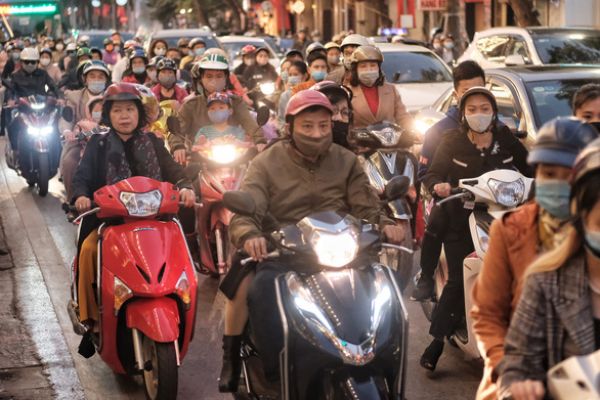
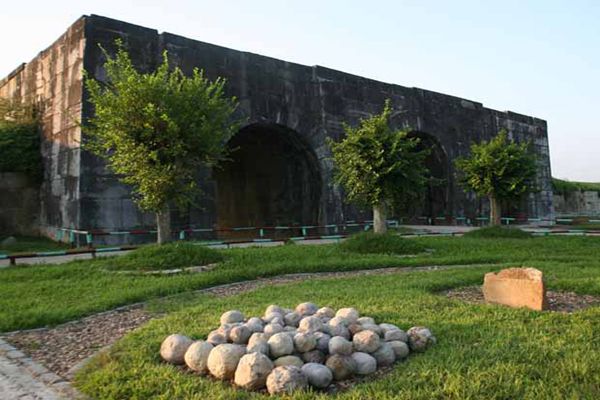
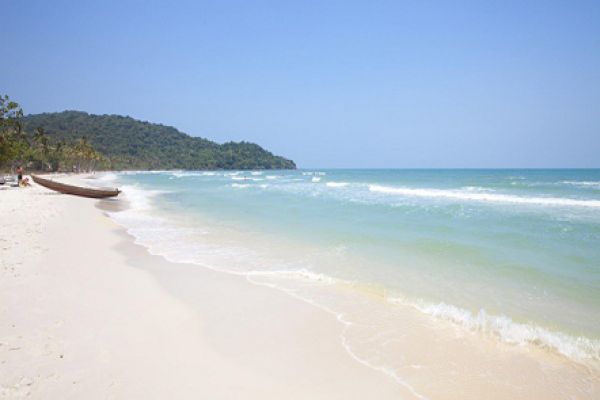
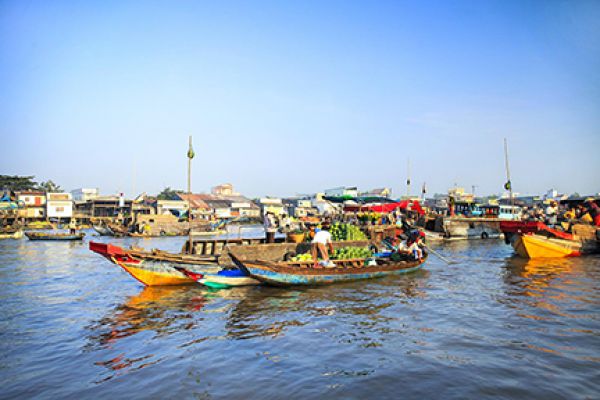
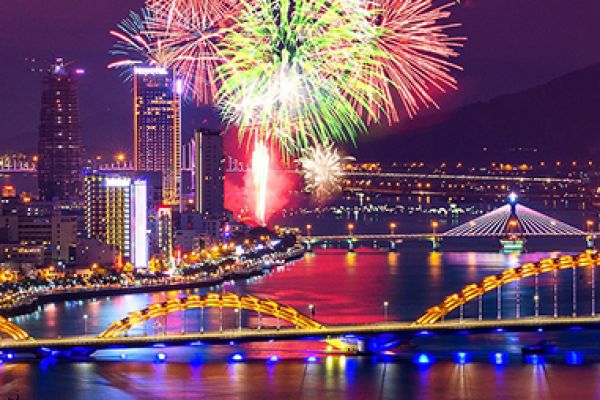

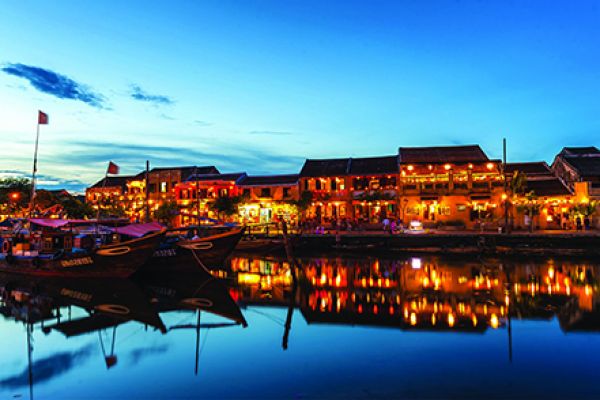
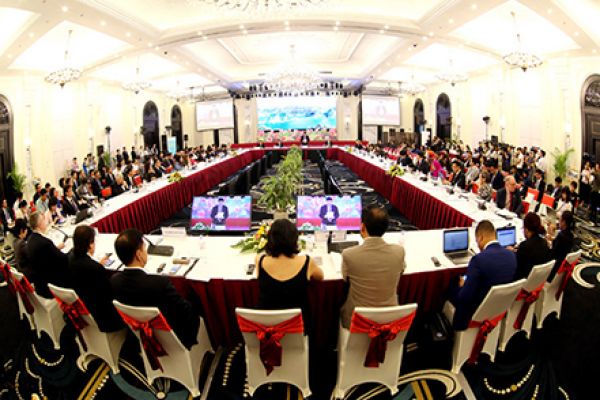
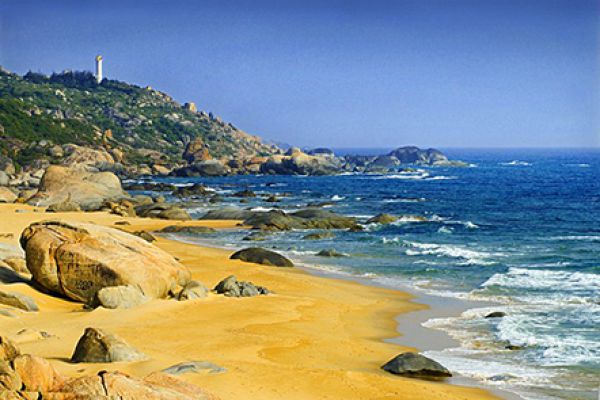
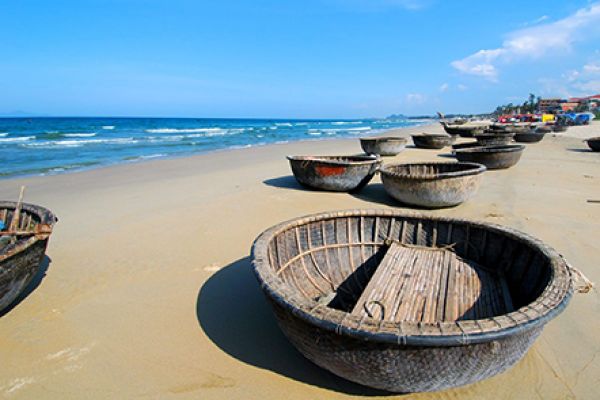
(84-63) 3 826042 – (84-63) 3 511142
No 54 Nguyen Dinh Chieu, Ham Tien Central Mui Ne Beach Binh Thuan Vietnam
523 To Hien Thanh District 10 Ho Chi Minh City Vietnam
Ha Long Halong City Quang Ninh Vietnam
A13 Hung Thong 2 Halong City Quang Ninh Vietnam




